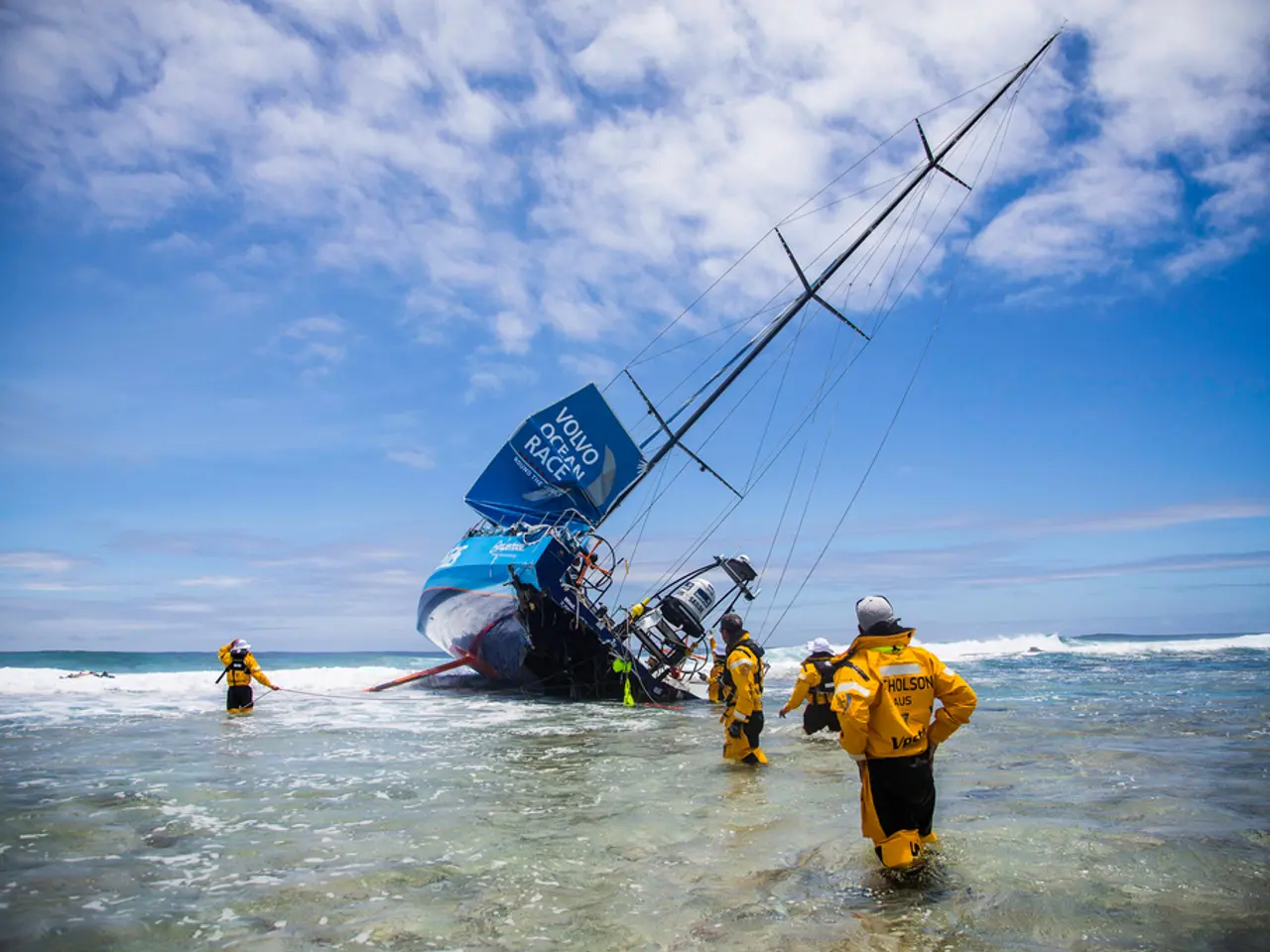Crucial hurricane tracking information will continue to be accessible online following a change in decision.
The Department of Defense (DoD) has announced a change of plans regarding the Defense Meteorological Satellite Program (DMSP), which provides vital satellite data crucial for hurricane forecasting and sea ice monitoring.
Initially, the DoD planned to discontinue the program due to it no longer meeting IT modernization requirements and the scheduled end of DMSP by September 2026. However, following feedback and concerns from government partners, including the National Atmospheric and Oceanic Administration (NOAA), about the lack of viable substitutes for this high-value data and the potential negative impact on forecasting accuracy, the DoD has decided to continue providing the data.
The decision comes as a relief to forecasters and researchers who rely on the DMSP's data, particularly the Special Sensor Microwave Imager Sounder (SSMIS). The SSMIS instruments, equipped on two primary satellites in orbit near Earth's poles, provide a detailed snapshot of the planet's surface, both day and night. The microwave sensors are crucial for forecasters to gain round-the-clock insight into hurricane conditions, particularly at night when intensification occurs.
The Navy's Fleet Numerical Meteorology and Oceanography Center was set to stop processing and disseminating DMSP data on July 31, 2025, raising alarms due to the critical role of SSMIS data for hurricane forecasting and sea ice climate research. NOAA emphasized that alternative satellites available do not offer the same capabilities, especially for rapid hurricane intensification forecasting.
After these concerns and interagency discussions, the DoD announced on July 31, 2025, that it would maintain the data flow until the official end of the program or sensor failure, aligning modernization goals with operational needs. This decision extends the availability of the data program until September 2026, giving forecasters time to prepare for the transition.
The DMSP program, launched in 1962, has launched more than a dozen satellites that collect weather data for military use. The two primary satellites in orbit near Earth's poles are nearing the end of their useful lives, and their managing computer systems are dated. Plans are in place to continue collecting similar data with a modernized satellite fleet, with the first of these upgraded satellites scheduled to launch in 2024.
Researchers like Zachary Labe, a climate scientist at Climate Central, welcome the decision, stating that any gap or lack of data is not good. If NOAA had stopped providing data before the new satellites were ready, it could have created a blind spot for scientists studying climate change, particularly Arctic sea ice loss.
Michael Lowry, a meteorologist and hurricane specialist in Miami, also expressed his appreciation for the decision, calling it great news for the forecast community and the scientific community.
As of August 2025, the satellite data critical for hurricane forecasting and sea ice monitoring is still being disseminated, managed jointly by the Department of Defense and NOAA. The department has confirmed the decision, and a temporary extension was offered by NOAA, with the data remaining available until July 31, just before the usual peak of hurricane season.
The decision to continue the DMSP data program is a step forward in ensuring the continuity of essential weather and climate data for forecasting and research purposes.
- The relief felt by forecasters and researchers, particularly climate scientists, is evident, as the continuation of the DMSP data program guarantees the availability of crucial data for hurricane forecasting and sea ice climate research.
- The scientific community, including researchers in environmental science and climate change, acknowledge the significance of the DMSP data program, as any gap or lack of data could potentially create a blind spot in their studies, affecting the understanding of Arctic sea ice loss.
- The decision to continue the DMSP data program has been widely acclaimed within the meteorological and scientific communities, with experts in hurricane forecasting and climate change alike expressing gratitude and appreciation for the continued availability of such essential data.








